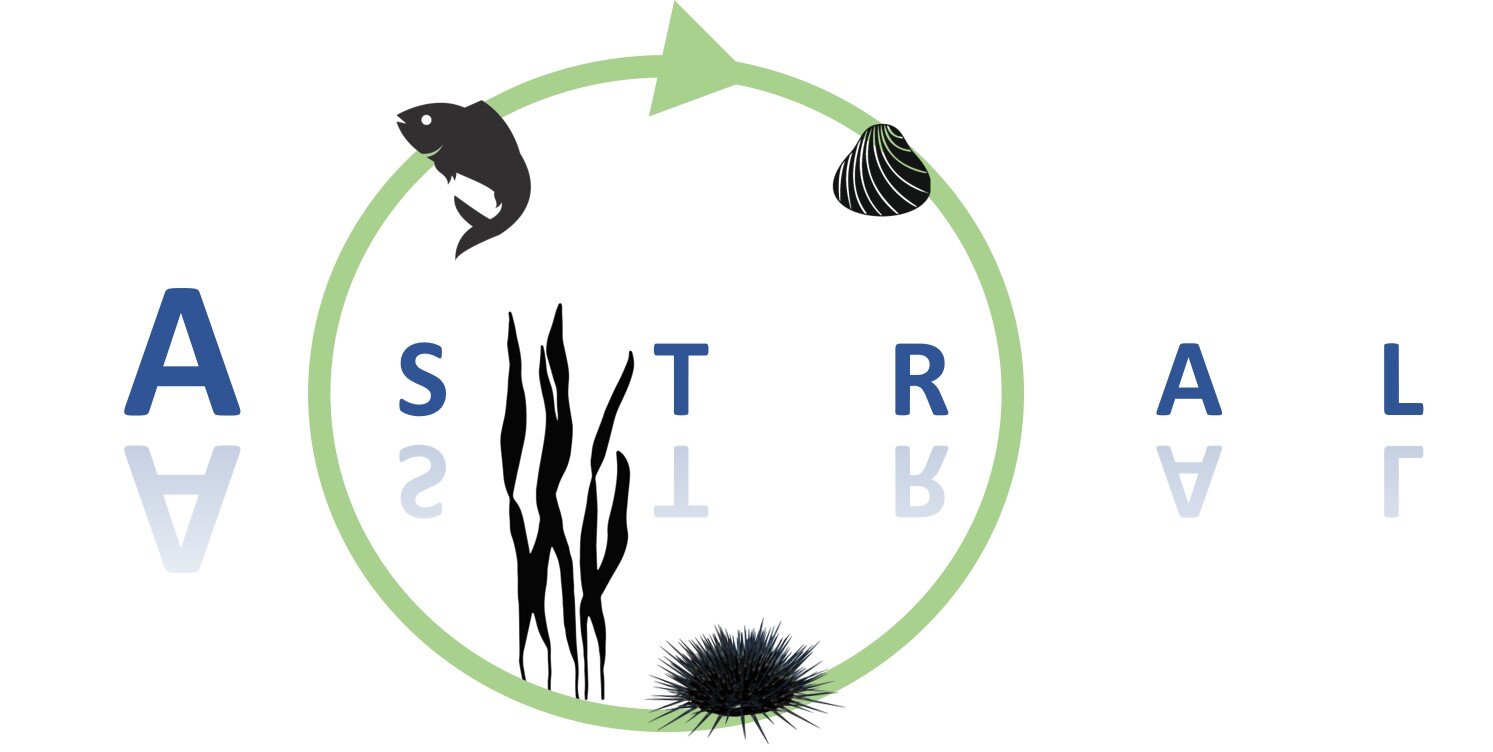The importance of zero waste & circularity within aquaculture: the case of IMTA
Given the notable growth of the aquaculture sector in the last two decades and considering the projections in the future, strategies to ensure sustainable development of the industry gain interest. The incorporation of circular principles and the achievement of the zero-waste goal are key points to reduce the environmental footprint of aquaculture production. In this context, integrated multi-trophic aquaculture (IMTA) is a favourable production method, where two or more trophic levels are farmed together. Waste from feeding species is used as feed for extractive species within the system, increasing resource use efficiency and reducing impacts.
On the one hand, the zero waste concept aims at the conservation of resources by means of responsible production, consumption, reuse, and recovery of products. In the aquaculture sector, zero waste actions look for the reduction of nutrients and organic matter emissions resulting from feed losses and animal excretion. Whenever the collection of sludge and effluents is feasible, zero-waste strategies address the most promising valorisation routes. Moreover, aquaculture farms significantly optimize waste control by means of designing effective IMTA configurations with high bioremediation potential.
On the other hand, circularity aims at decoupling economic activity from the consumption of finite resources. Most of conventional approaches to circularity in the aquaculture sector are based on designing strategies for treating solid waste, wastewater or residues of animal origin. But also, IMTA can be defined as a circular or partly circular process, as some of the uneaten feed and wastes, nutrients, and by-products are recaptured and converted into harvestable seafood.
In this context, ASTRAL is a project that notably promotes sustainability in aquaculture within the Atlantic area through the development of new, profitable, and resilient value chains for IMTA production. Related to zero waste, the project aims at determining the best IMTA configurations in flow-through and open systems, offshore and onshore, towards zero waste. To do so, special attention is paid to the feeding systems in terms of quantity and composition of uneaten feed and faeces. An extended analysis of existing commercial feeds and production management is also carried out to select highly digestible best alternatives in the IMTA labs, as part of the waste minimisation strategy. Related to circularity, ASTRAL assesses how different IMTA configurations increase the circularity in comparison with the baseline conditions. Not only in terms of nutrient circularity along trophic levels but also other solid waste recirculation flows are part of the circularity assessment.
Author: Inma Sanchez, Senior researcher at LEITAT’s Circular Economy Department
Photo credits: Marine Institute Ireland

